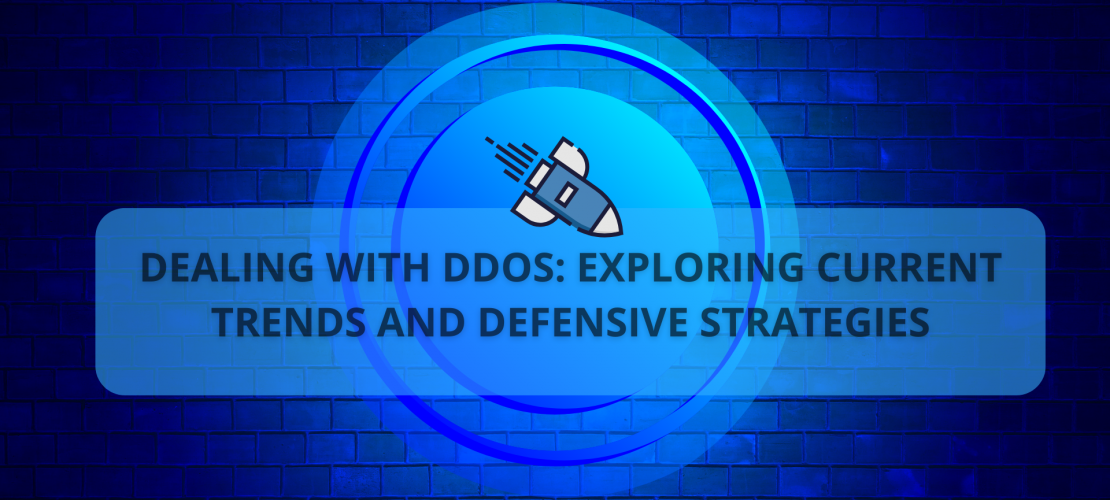As our world grows increasingly interconnected, the digital landscape also evolves, bringing with it an array of cybersecurity challenges. A prominent example is Distributed Denial of Service (DDoS) attacks, which have become a formidable threat to organizations worldwide. This blog will explore the current trends in DDoS attacks and the defensive strategies organizations are employing to combat this pervasive cyber threat.
Understanding DDoS Attacks
In a DDoS attack, multiple compromised computers are used to flood a target system, such as a website or server, with traffic, causing it to become overwhelmed and, as a result, slow down or crash. These attacks can cause significant disruption, financial loss, and damage to an organization’s reputation.
Current Trends in DDoS Attacks
- Increased Attack Size: One of the significant trends in DDoS attacks is the increasing size of attacks. Hackers are continually evolving their techniques to launch more potent attacks, leveraging botnets to magnify the scale and intensity of their assaults.
- Sophisticated Attack Vectors: Attackers are now leveraging more complex and multi-vector attacks, making it harder for traditional defensive measures to provide adequate protection.
- Rise in Ransom-Related DDoS Attacks (RDDoS): There has been a notable surge in RDDoS attacks, where attackers threaten a DDoS attack unless a ransom is paid.
- Use of IoT Devices: The growing number of Internet of Things (IoT) devices, many of which lack robust security, provides attackers with a large pool of potential devices to compromise and use in their attacks.
Defensive Strategies Against DDoS Attacks
In response to the evolving threat landscape, organizations are implementing several defensive strategies to protect against DDoS attacks:
- DDoS Protection Services: Organizations are increasingly turning to DDoS protection services. These services offer dedicated solutions to detect and mitigate DDoS attacks and are often capable of handling even large-scale attacks.
- Hybrid Defense Systems: Combining on-premise hardware and cloud-based services can offer a comprehensive defense solution. While the on-premise hardware can mitigate smaller, more common attacks, the cloud-based service can handle larger, more complex attacks.
- Implementing Redundancy: By spreading resources across multiple servers and locations, organizations can reduce the impact of a DDoS attack. If one server becomes overwhelmed, the traffic can be redirected to another server.
- Security Awareness and Training: Organizations are investing in security awareness and training for their employees. By knowing how to recognize the signs of a potential DDoS attack, employees can contribute to early detection and mitigation.
- AI and Machine Learning: Advanced technologies like AI and machine learning are being used to detect unusual traffic patterns and respond to threats in real time, greatly enhancing the effectiveness of DDoS defenses.
The Future of DDoS Defense
As the landscape of DDoS attacks continues to evolve, so must the defensive strategies used to combat them. Future developments will likely see increased adoption of AI and machine learning technologies, more advanced DDoS protection services, and a greater focus on security in the design of IoT devices.
In conclusion, while DDoS attacks remain a significant threat to organizations worldwide, the advancements in defensive strategies provide robust and effective solutions to mitigate these attacks. By staying abreast of current trends and implementing comprehensive defensive measures, organizations can ensure they are well-equipped to deal with the ongoing threat of DDoS attacks.




